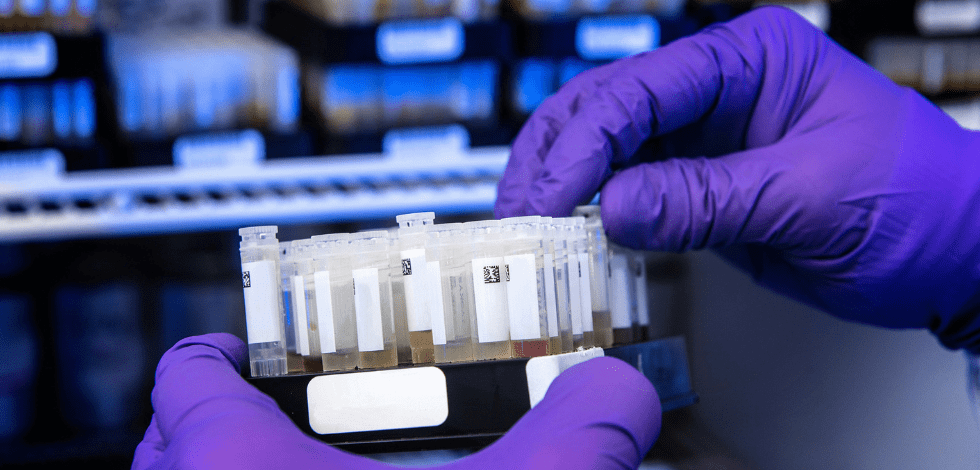The typical R&D tax credits claims process involves identifying suitable projects, collecting and analysing technical information, and presenting it in the way the HMRC requires.
In this second Q&A in the series (take a look at the first Q&A here), we look at how to best ensure that your claims process is efficient and effective:
How do you ensure the claims process is robust without wasting time and money on admin?
The central aim here should be to ensure that the projects chosen are representative of the nature of the core R&D work undertaken by the company, and of material value. There’s little point in choosing a small IT project if you are a large manufacturing client and this project makes up 1% of your R&D spend.

Where there’s a range of projects that may or may not qualify, and it’s not clear which should be pursued, it makes sense to outsource that analysis. But I’d be wary of the very ‘light touch’ reports out there in the market. Unless tax credits advice is underpinned by rigorous evaluation, the information provided will leave you, and more importantly HMRC, with more questions than answers.
For large companies, it is important to find the best claims process which captures the key R&D projects without tying up staff in unproductive work. Sampling can be used to produce a representative claim without using up huge internal resources. And HMRC can be pre-engaged. They usually prefer to have advance notice of the process, so they can understand it and give their input, before it is applied. This saves time in the long run as well as making for more successful claims.
When in the claims process should companies compile their technical information?
My preference is always as soon as possible after the company’s year-end. This is when the information is freshest in people’s minds. Of course, it’s not always practicable, and there can be a significant time lag. Because the scheme is retrospective, there’s a tendency to think that the timing is not critical. But from our experience, the sooner work starts, the easier it is to compile a comprehensive claim.

We encourage clients, particularly bigger companies, to move towards capturing information in real time. This means that the data, especially the financials, are as accurate as they can be.
How do you ensure the claims process continues to produce the best results?
Staff following the same process year to year will tend to become stale and apply it mechanically, potentially missing fresh opportunities to claim. Also, the structures and activities of larger companies are constantly changing, and the claims process needs to reflect these changes.
So keep the claims process under review and keep asking questions about it, internally and of any advisor. Is it capturing all the business lines it should? Are all the relevant people being involved? Does the work produced represent the core business of the company and the nature of its R&D activity?

We recommend that companies go through a full review of their claims process every 2-3 years. Ayming works with its clients to keep the claims process under constant review in light of evolving business strategy and best practice.
Could you improve your R&D tax relief claims process? Ayming has developed a free online tool that companies can use to analyse their claims. Identify where you are doing well and highlight any areas for improvement. A check takes no more than 10 minutes:













